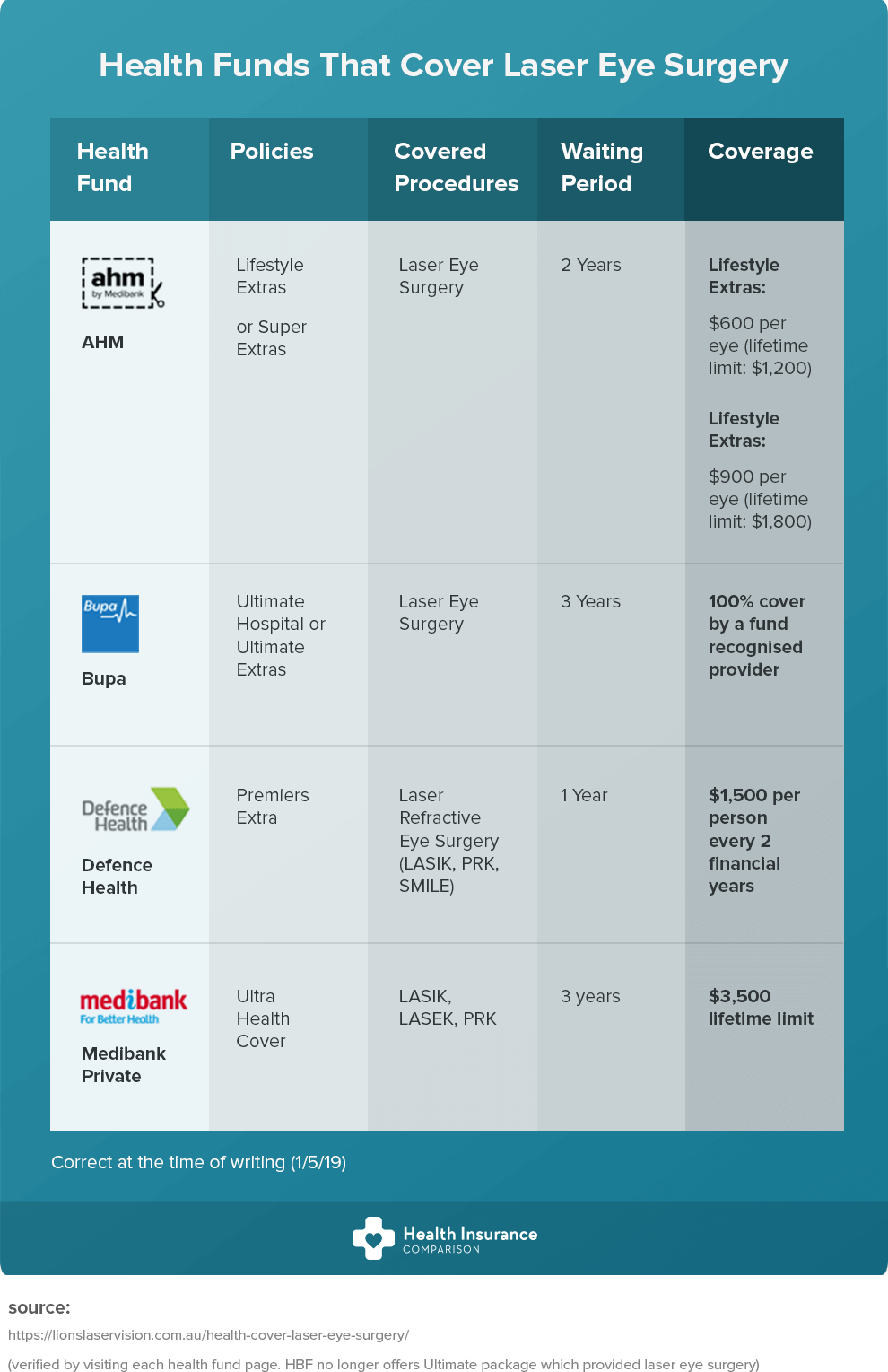Vision Rectification Using Lens Substitute: A New Era Visible

Web Content Writer-Deleuran Brink
Picture a future where you no more need to depend on glasses or contact lenses to see clearly. A future where vision adjustment is as straightforward as a fast, painless treatment.
Well, that future is closer than you may believe. Presenting refractive lens exchange, a cutting edge approach to correcting your vision that can change the way you see the world.
Yet exactly what is refractive lens exchange, and why is it considered the future of vision improvement? In this conversation, we will discover the advantages, the procedure, and the possible dangers of refractive lens exchange, providing you a peek right into what exists in advance for those looking for clearer vision.
The Advantages of Refractive Lens Exchange
Refractive Lens Exchange supplies many benefits for individuals seeking vision adjustment. By changing your all-natural lens with a man-made intraocular lens, this treatment can remedy a variety of vision issues. One of the primary advantages of refractive lens exchange is the enhancement in visual acuity. Whether you're nearsighted, farsighted, or have astigmatism, this treatment can considerably boost your capacity to see plainly without relying upon glasses or contact lenses.
In addition, refractive lens exchange can likewise stop the progression of certain eye problems, such as cataracts. This suggests that not only will you accomplish better vision, but you'll additionally have a decreased risk of developing cataracts in the future.
With refractive lens exchange, you can delight in improved vision and a better of life.
The Treatment for Refractive Lens Exchange
When undergoing refractive lens exchange, the surgeon will begin by making a little laceration in your cornea. This enables them to access the lens of your eye and remove it.
Here are https://www.health.com/condition/eye-health/lasik-suicide involved in the procedure:
- The cosmetic surgeon will carefully break up the lens making use of ultrasound waves or lasers.
- After getting rid of the lens, they'll insert a new artificial lens, called an intraocular lens (IOL), right into your eye.
- The IOL is made to remedy your specific vision troubles, such as nearsightedness, farsightedness, or astigmatism.
- Once the new lens is in location, the cosmetic surgeon will close the cut with little stitches or self-sealing strategies.
- The entire treatment typically takes less than thirty minutes and is typically executed on an outpatient basis.
Adhering to these steps, refractive lens exchange can provide you with enhanced vision and lower your dependancy on glasses or call lenses.
Potential Risks of Refractive Lens Exchange
Before going through refractive lens exchange, it is necessary to understand the possible dangers related to the treatment. While refractive lens exchange is typically considered safe, like any type of surgical procedure, there are dangers entailed.
One possible threat is infection, which can occur if bacteria goes into the eye during or after the surgical procedure. An additional threat is the development of enhanced intraocular pressure, which can cause glaucoma. Furthermore, there's a small chance of experiencing corneal edema, which is the swelling of the cornea.
https://writeablog.net/kesha32huey/experience-the-extraordinary-advantages-of-evo-icl-for-twenty-twenty-say consist of retinal detachment, macular edema, and loss of vision. It's important to review these risks with your doctor and consider them against the prospective advantages before making a decision.
Final thought
So there you have it, individuals! Refractive lens exchange is genuinely the future of vision correction. With its many advantages and developments in modern technology, this treatment provides a life-changing solution for those fighting with their vision.
Yet remember, every increased has its thorns. While refractive lens exchange might bring clearness, it is essential to be familiar with the potential threats included. So, prior to taking the leap, weigh the advantages and disadvantages, and consult with your ophthalmologist.
Nevertheless, better secure than sorry!

